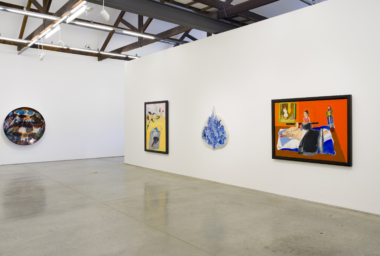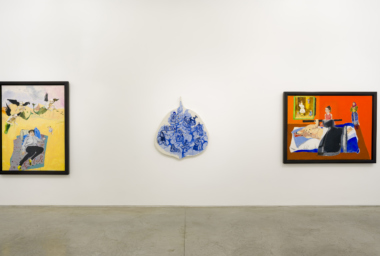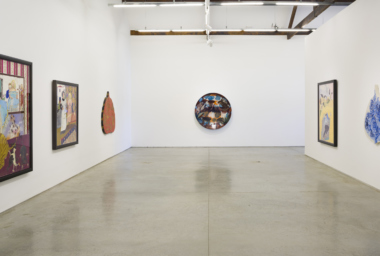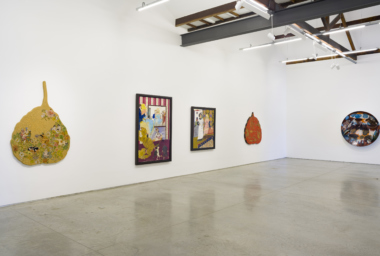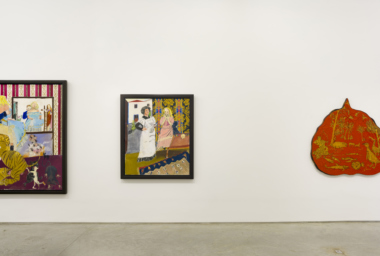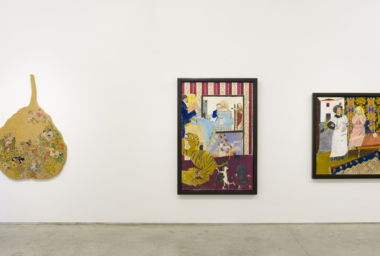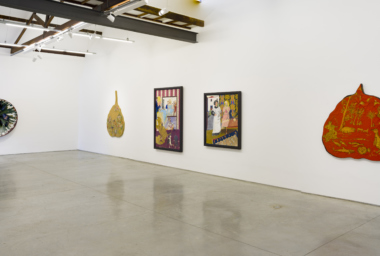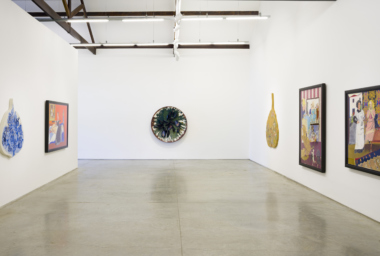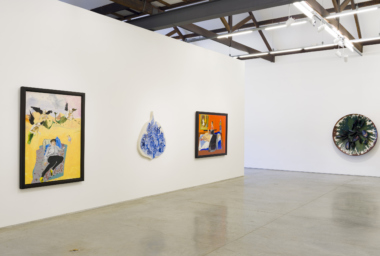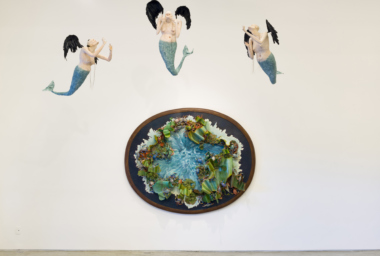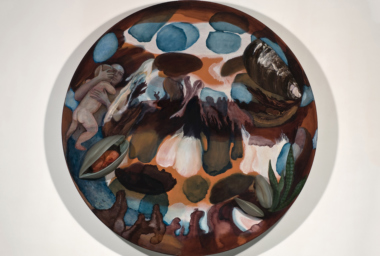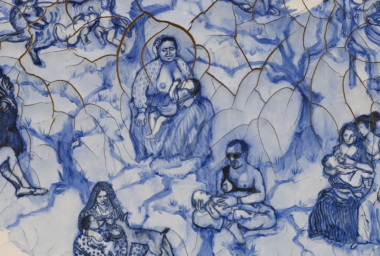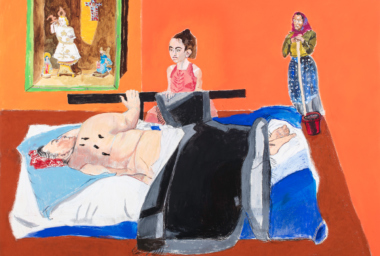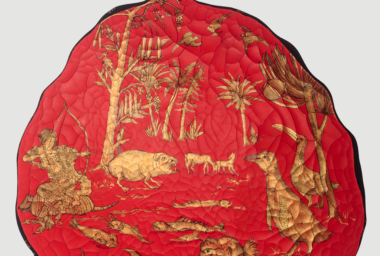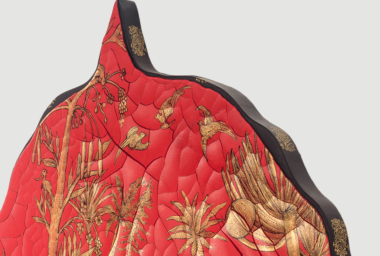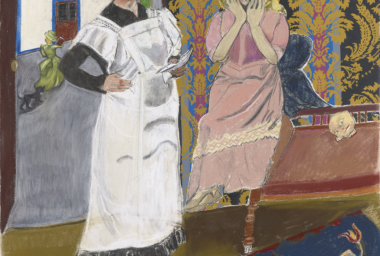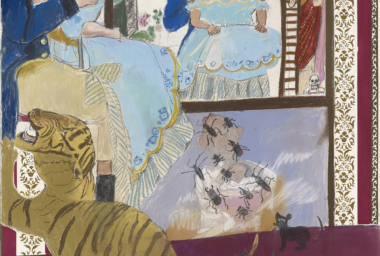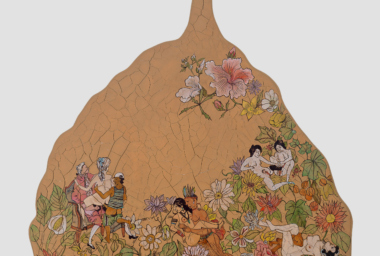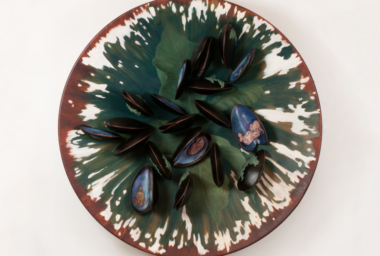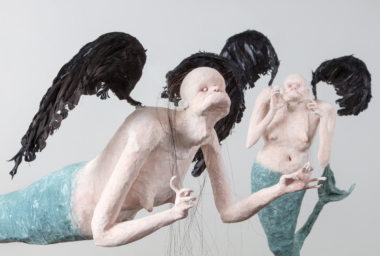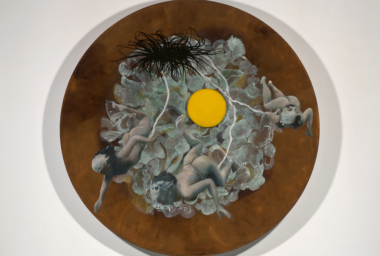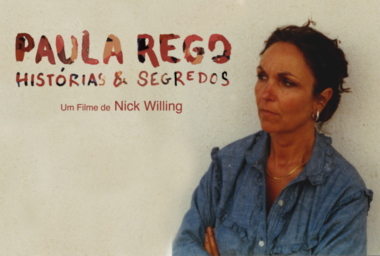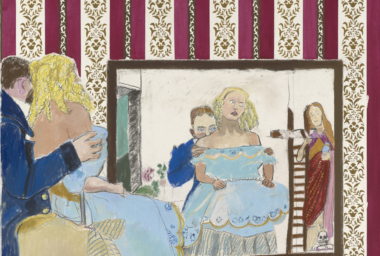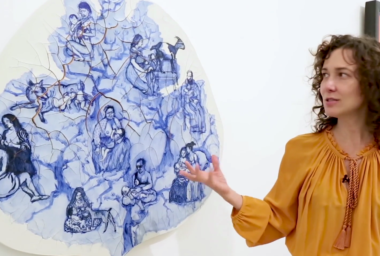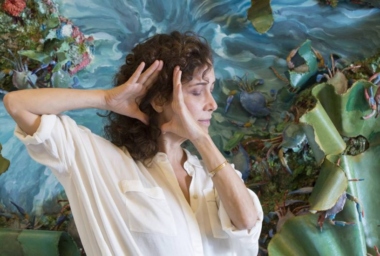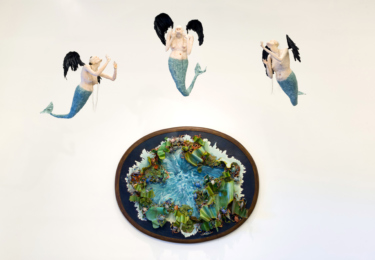
Paula Rego and Adriana Varejão
Sep 2 – Nov 11, 2017
Opening
Sep 2, 3 pm–6 pm
Carpintaria
Rua Jardim Botânico 971,
Rio de Janeiro
Directions
Download
The Portuguese artist Paula Rego and the Brazilian artist Adriana Varejão show a selection of works side-by-side at Carpintaria, the experimental space of Fortes D’Aloia & Gabriel in Rio de Janeiro, whose aim is to promote wide ranging experiments in thinking, by stimulating the dialogue between authors, forms of expression or languages. This exhibition is a singular meeting, which, like a duet, will allow the public to identify similarities and singularities, further illuminating the artists’ poetics, be it by recognizing their affinities or by revealing their contrasts.
Despite being of different generations and continents, at several moments both artists seem to inhabit the same terrain. They often visit themes from history or from the fictional universe that overturn the most apparent layers and unearth what is perverse or hidden in the myths and narratives they use as a starting point. In Paula Rego’s case this relation to the field of fiction is even more evident. Consecrated as the most important Portuguese painter today and also as one of the great names of English art (where she has been working since she moved to London in the early 1950s), Rego always works in series, built on the narratives of other authors, which she retells in her own way, recreated in the form of a great theatrical scene, always leaning on the perverse side of the story. For this exhibition – her first show in Rio de Janeiro –, the selected works (four canvases and a big mobile) focus on two texts: Primo Basílio, by Eça de Queiroz, and Bastardia, by Hélia Correia.
Adriana Varejão’s relationship with text is more subtle and metaphorical. Her interest is often documentary, closer to anthropology and historical literature than to fiction, and nourished more often by images – which she critically recontextualizes – than by literature. For this exhibition Varejão shows a set of six works, belonging to two series, one which dialogues with the work of the Portuguese ceramist Bordalo Pinheiro and the other, more recent, in the form of dried leaves, which was previously shown only in a partial form in Hong Kong, and that focuses on bold subjects such as sex and breastfeeding. These paintings rework the Chinese tradition of painting on natural leaves and mix different recurring elements in Varejão’s work, such as the reference to ceramics and its surface cracking, as well as the use of a wide range of visual, historical, and symbolic references, critically recontextualized in rich parodies.
Exhibitions that show two artists side-by-side, and with such distinct life stories, are rare in Brazil. In this case, everything began with the great retrospective of Paula Rego’s work that took place at Pinacoteca (São Paulo, 2011). Since then gallerist Márcia Fortes planned to bring the two artists together. The meeting became a reality in October 2016, in London. And from there came the idea of the show. The selection of works was almost natural, emphasizing the most recent production of the Portuguese-English artist.
Among the selected works is a large mobile, in which frightening mermaids seem to make a macabre dance around the visitor, and which will open the exhibition, along with a painting by Varejão that has a very sculptural character, in which there is an eruption of marine elements, with crabs and lobsters as if jumping into space. “It’s an embodied, explosive dialogue,” says Márcia Fortes. “Both seem to duel with the world at different moments,” she adds.
“I see myself totally as an apprentice, I think Paula is a master,” says Adriana, adding: “It is very difficult to respond to the work of a person whom you admire so much.” This is one of the reasons for choosing already existing works; to search for the points of contact between the works, such as curiosity, the sometimes perverse fascination about the role of women in the intimate or social game, or the strong ornamental character and the exploration of contrasts typical of the baroque tradition, so dear to both artists. It will, however, be up to the visitor to seek the points of confluence and of distance. “It’s an open study and it’s nice that the audience can complement this reading,” says the gallerist.
Notice: We kindly warn visitors that this exhibition contains works whose depictions of sex scenes might be deemed offensive to some viewers. In light of that we recommend that minors be accompanied by their parents while visiting the exhibition.
